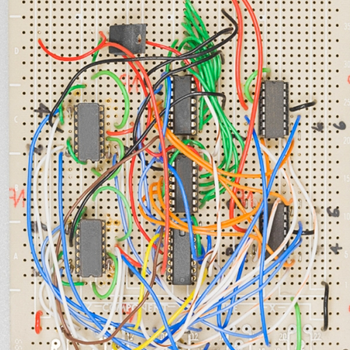How is oxygenated blood different from deoxygenated blood?
3 Answers
"Oxygenated" blood is carrying oxygen from the lungs by attaching it to hemoglobin in the bloodstream.
Explanation:
"De-oxygenated" blood is returning to the lungs with the hemoglobin depleted of oxygen (absorbed by the cells). The blood will also be carrying the resulting carbon dioxide back to the lungs for exhalation.
Oxygenated blood has a large percentage of the red blood cells carrying Oxygen on the hemoglobin De Oxygenated blood has less Oxygen being carried by the hemoglobin and more Carbon Dioxide.
Explanation:
In the lungs the pulmary capillaries absorb Oxygen by diffusion. The Lungs have a lower concentration of Oxygen than the lungs so Oxygen diffuses across the thin membrane of the capillaries into theeb blood ( Second law of thermodynamics everything in the universe goes from a level of high organization to a level of low organization. ) This causes the blood to become Oxygenated.
In the body capillaries the blood has a higher concentration of Oxygen than the cells. This is because the cells have been using Oxygen up in the Kreb's cycle to metabolize sugar and produce ATP energy molecules. The Oxygen flows from the blood into the cells due to diffusion. This deOxygenates the blood as the concentration of Oxygen decreases.
Oxygenated blood has a higher concentration of Oxygen than de Oxygentated blood.
Oxygenated blood: lung → left chambers of the heart → body
Deoxygenated blood: body → right chambers of the heart → lung
Explanation:
Oxygenated blood is also called arterial blood.
After the respiration in the lung, the blood has plenty of oxygen, and its color is bright red.
Oxygenated blood flows in the pulmonary vein and in the arteries.
On the other hand, deoxygenated blood, known as venous blood has less oxygen than oxgenated blood. Its color is dark red.
It travels through the venous system and pulmonary artery.
In the figure below, red color indicates oxygenated blood and blue color means deoxygenated blood.
 )
)


